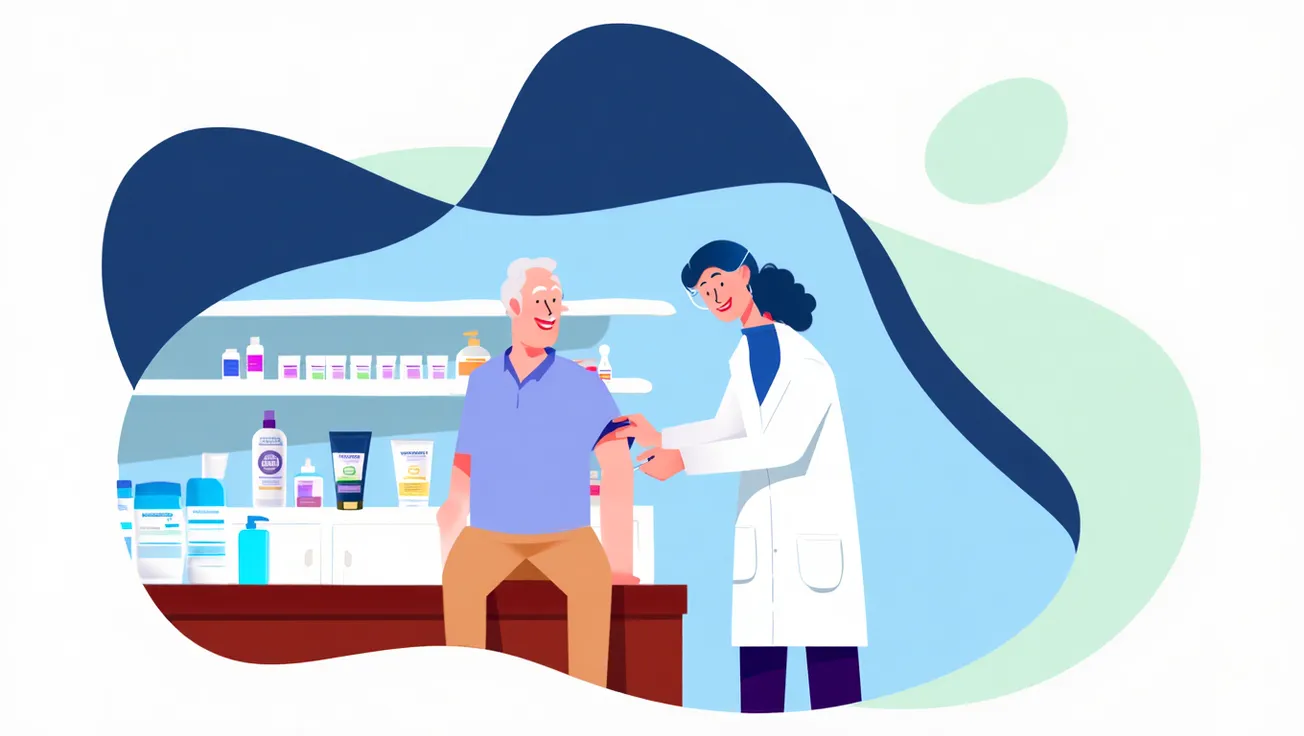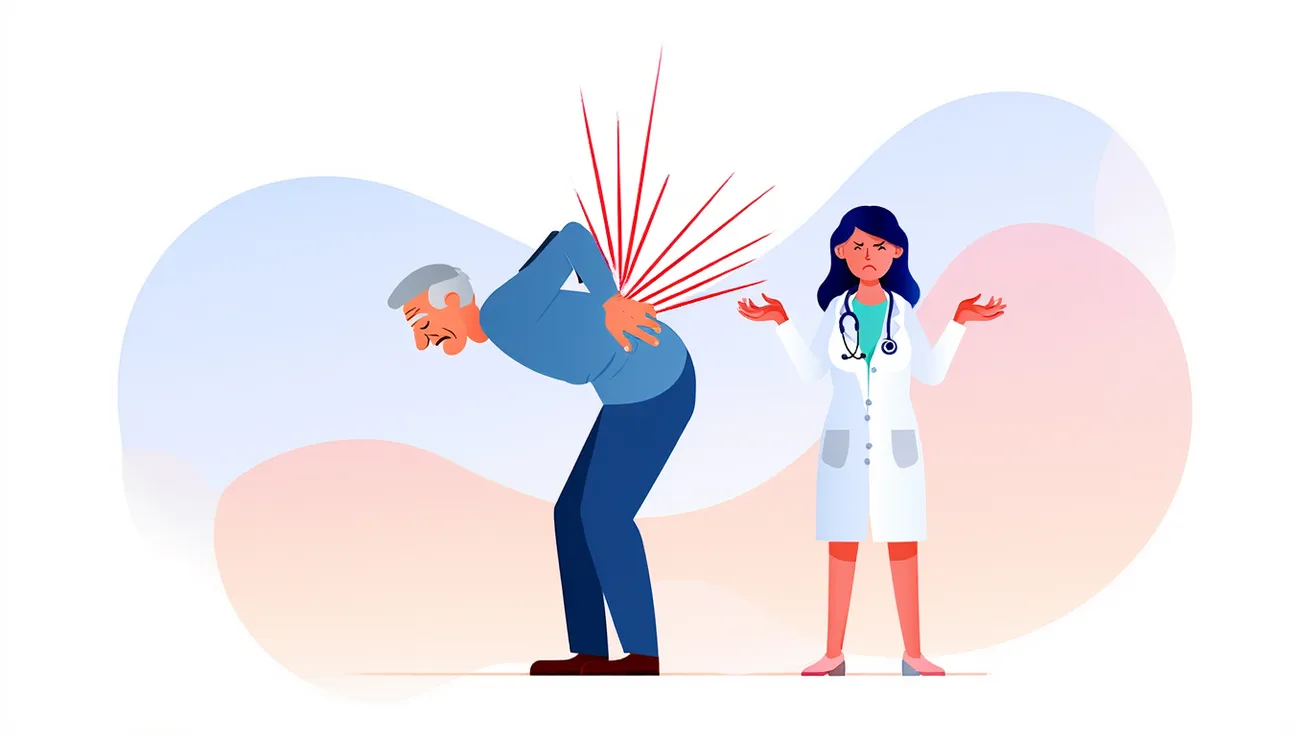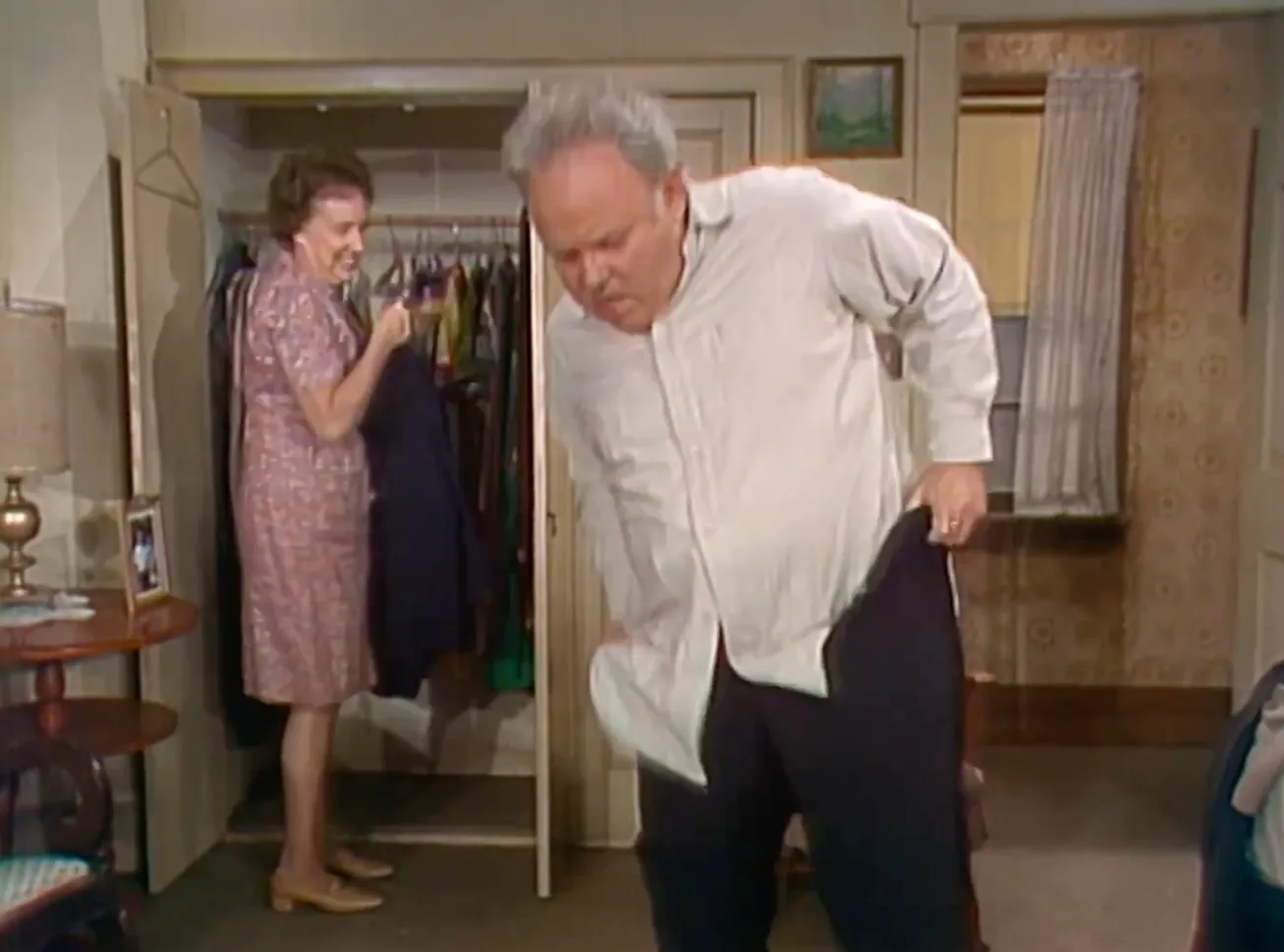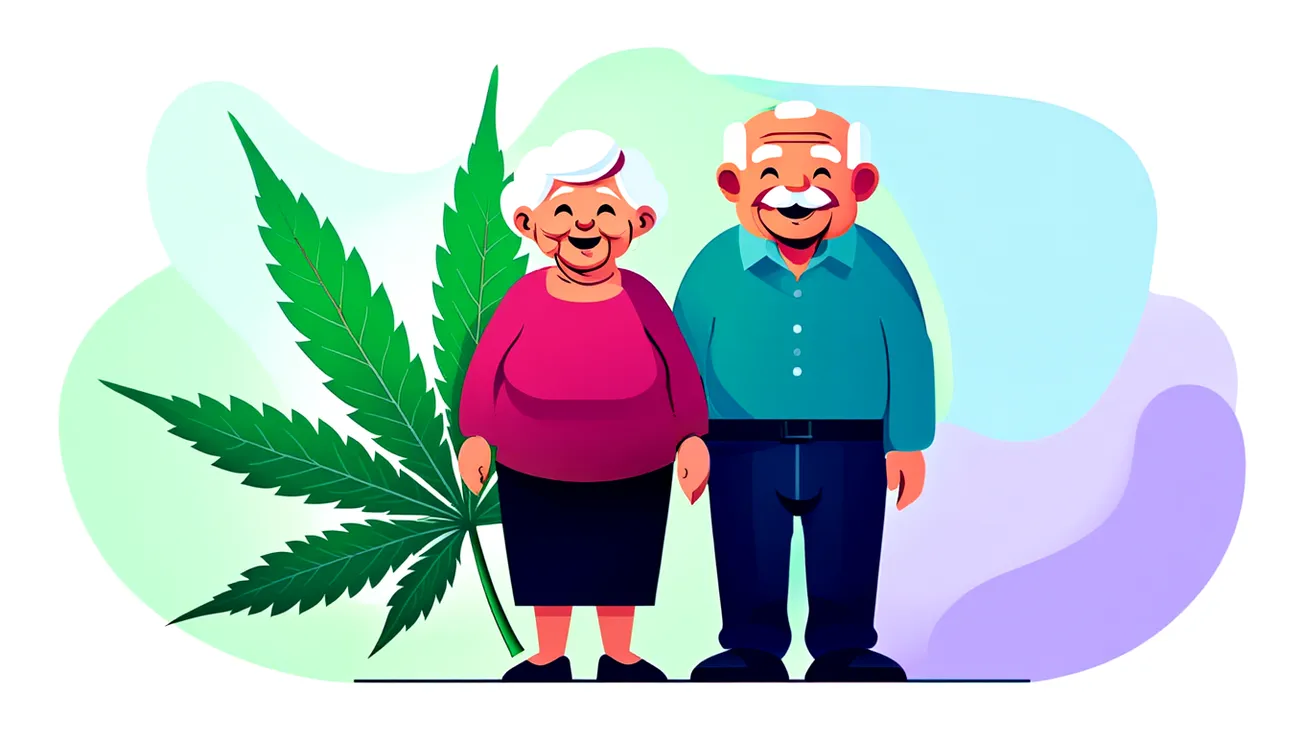The short version
Add storm prep to your asthma plan. Why? New U.S. data show asthma ER visits surge on storm days — older adults are hit hardest.
What analysts say
A new analysis presented at the American College of Allergy, Asthma & Immunology’s (ACAAI) 2025 Annual Scientific Meeting found asthma emergencies surge during storms — and seniors face the biggest bump in risk.
Researchers reviewed more than 4,400 asthma-related ER visits across three Wichita, Kansas hospitals from 2020 to 2024. On just 38 thunderstorm days — about 2% of the calendar — the hospitals saw 14% of all asthma visits. Storm days averaged nearly 18 visits versus about three on clear days.
Age mattered most. In their model, older age was the only factor tied to showing up during a storm. Gender, ZIP code, and hospital outcome didn’t change the odds.
“These results confirm that thunderstorms can pose a serious health risk for people with asthma, even in the United States,” said lead author Dr. Diala Merheb.
Why Storms Can Flip a Switch
During thunderstorms, wind and humidity can rupture pollen into ultra-fine particles that ride downdrafts deep into the lungs. For anyone with asthma — and especially older adults who may also have heart or lung conditions — that can trigger a fast, intense flare.
Allergist and study co-author Dr. Selina Gierer says it’s time to treat thunderstorms like other triggers:
“Understanding what sets off symptoms and having a clear plan can help avoid emergency room visits.”
Storm Prep for Seniors With Asthma
Before a storm:
- Watch weather and pollen forecasts; stay indoors if levels are high.
- Check inhalers for expiration dates and refill prescriptions if low.
- Review your asthma action plan and add “storm triggers.”
During a storm:
- Stay inside; close windows and doors; use your A/C’s recirculate setting.
- Avoid vacuuming or heavy activity that stirs dust.
- Follow your action plan at the first sign of wheezing or coughing.
After a storm:
- Dry any damp areas to prevent mold.
- If symptoms worsen or your inhaler doesn’t help, call 911 or go to the ER.
Bottom Line
For older adults living with asthma, thunderstorms aren’t just a weather event — they’re a warning. A little foresight, a quick look at the forecast, and a ready inhaler could be the difference between an easy night in and an emergency visit.
Sources:
- ACAAI 2025 press release: Thunderstorms linked to surge in asthma ER visits
- World Allergy Organization: Thunderstorm asthma overview
- CDC: Controlling asthma and avoiding triggers
Health Disclaimer: This article is for informational purposes only and not a substitute for professional medical advice. Always talk with your healthcare provider about symptoms or treatment changes.










